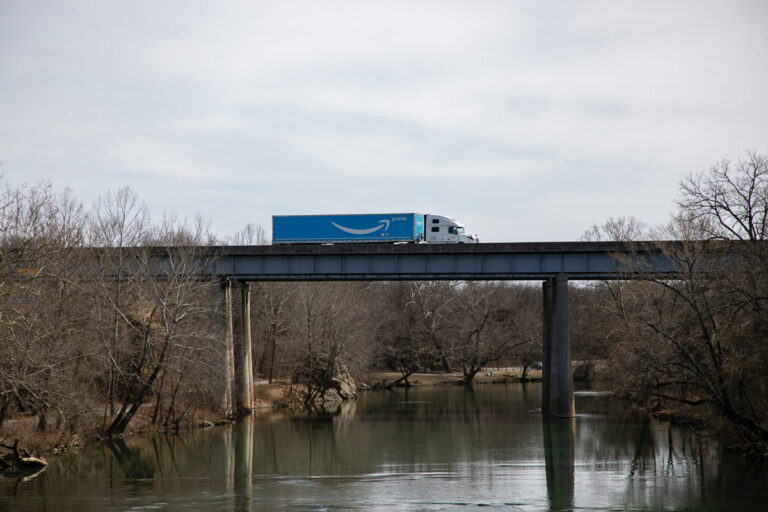Watch out Amazon, the Teamsters unions are coming for you

Until now, anti-union e-commerce giant Amazon had successfully squashed any attempt from its workers to unionise; the most recent being the organising drive by a small union, the Retail, Wholesale and Department Store Union (RWDSU) held in Bessemer, Alabama earlier this year. This particular union drive was one of the greatest pushes to unionisation Amazon had faced since its founding in 1994. This followed a global campaign from the previous year titled Make Amazon Pay, which sought the demand for fair treatment of its workers and the right to unionise. For nearly three decades, the company kept unions out of its workforce, and is set to be the US’ largest employer within the next few years.
The company fought back against the Alabama drive through a number of anti-union tactics—the most notable push-back was blocking its workers from voting by mail and ‘encouraging’ them to use a mailbox the company installed at the site instead. It was announced in April, by The National Labour Relations Board (NLRB), that over 3,000 Amazon workers at the BHM1 centre voted—with a majority of 1,798 voting against the unionisation of the facility. The employees were quick to contest the result.
For years, Amazon has been able to get away with its mistreatment of its employees and now it has reached an all-time high in the midst of the COVID-19 pandemic. From being treated like robots and reportedly having to urinate in bottles to racial discrimination and sexual assault, dying from exhaustion and more recently, using algorithms to fire workers without warning—the list of Amazon’s atrocities is honestly endless. But, it looks like the company is about to have another fight on its hands.
News of a campaign led by The International Brotherhood of Teamsters was first reported by Motherboard. It was on Prime Day, 21 June to 22 June, that one of the US’ largest unions put forth a resolution aimed at prioritising the unionisation of the Amazon workforce. In a video obtained by Motherboard, Teamster’s National Amazon Director Randy Korgan stated that “The Teamsters will build the types of worker and community power necessary to take on one of the most powerful corporations in the world and win.”
“We’ve been working on this for quite some time—well before Bessemer broke out,” Korgan told Motherboard. On Thursday 24 June, The Teamsters union officially passed a near-unanimous vote—with 1,562 out of 1,632 delegates voting in favour of the resolution dubbed the “Amazon project.” Writing in its resolution, it explains “that there is no clearer example of how America is failing the working class than Amazon.”
It cites that “Amazon exploits its employees, contractors and employees of contractors via: wage theft, fraudulent classification, intense production quotas, dehumanising work environments, unsafe workplaces and production standards, low wages, high turnover, no voice on the job, lack of job security and outsourced jobs.” The union stated that this is a “top priority” and that it is committed to ensuring its success—vowing to unionise the company’s entire workforce from “coast to coast.”
With The Teamsters’ weighty reputation, history and strength, it seems Amazon is in for a long and gruelling fight. This won’t be as easy as crushing one drive, because there will be many—The Teamsters hold a massive wide-reaching influence across the US. To put it simply, they’ve got the numbers.
Korgan told The Guardian why it was a “natural move” to go after Amazon. “Our union has represented this industry for more than 100 years. We represent hundreds of thousands of workers in this industry,” he continued, stating that it was even bigger than just the Amazon workforce itself but that Amazon posed a threat to all workers of this industry.
So while Bezos abandons the Amazon ship for a literal space one, there’s a team of people trying to clean up his mess on Earth. Billionaires, am I right?




